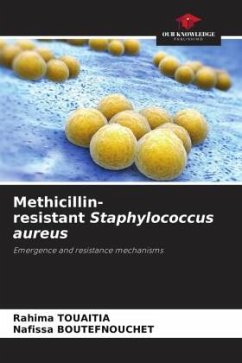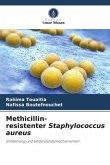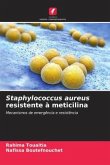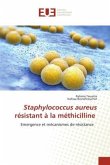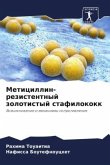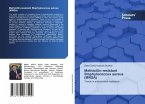Since their discovery and use, antibiotics have considerably reduced mortality from infectious diseases. Unfortunately, bacterial resistance to antibiotics quickly became a major health problem worldwide. It appeared rapidly, as early as 1942, with the first penicillin-resistant strain of Staphylococcus aureus.However, bacterial resistance to antibiotics is constantly evolving, and this resistance is essentially linked to the excessive use of antibiotics in human medicine, veterinary medicine and animal feed.The emergence of methicillin-resistant strains of Staphylococcus aureus led to the emergence of coagulase-negative staphylococci with reduced sensitivity to glycopeptides in the early 1980s.In addition to the numerous resistances that S. aureus can present towards antibiotics, it can be surprising to note how much the latter is also armed with virulence factors to annihilate many of the defenses that its host could oppose it.

